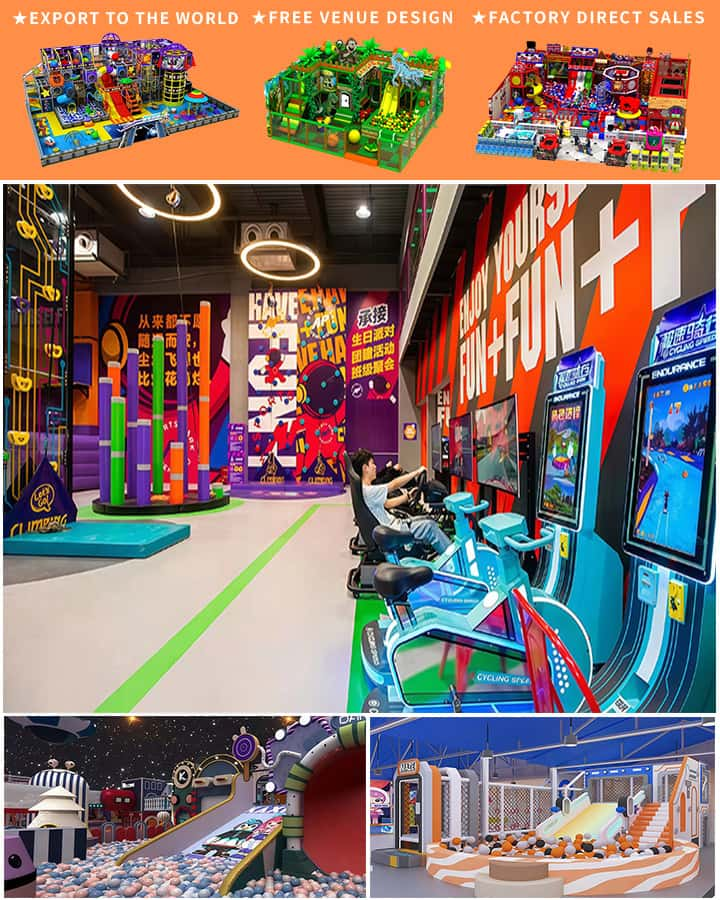Playgrounds are vibrant hubs of activity where children and even adults can indulge in playful pastimes and physical activities. One of the most captivating aspects of playgrounds is their array of equipment, each designed to offer fun, challenge, and physical development. Understanding what each piece of playground equipment is called enriches our appreciation for these spaces that inspire creativity, cooperation, and physical fitness. So, let’s delve into some common playground equipment and uncover their unique names and purposes.
1. Swings Swings are among the most iconic pieces of playground equipment. They come in various types, including traditional belt swings, bucket swings, and baby swings. Swings provide a simple yet exhilarating experience as they allow users to soar through the air back and forth.
2. Slides Slides are perennial favorites on playgrounds worldwide. They come in numerous designs such as straight slides, spiral slides, and tunnel slides. Slides offer the sheer joy of gliding down from a height, often ending with a burst of laughter upon reaching the bottom.
3. Seesaws
Seesaws, also known as teeter-totters, are delightful for interactive play. These structures involve two seats balanced in the middle, allowing one child to rise while the other descends when weight is shifted. Seesaws foster social interaction and balance skills.

4. Jungle Gyms Jungle gyms, or climbing frames, are intricate structures with ladders, bars, and platforms. These versatile setups encourage physical challenges like climbing, balancing, and crawling through different sections, enhancing strength and coordination.
5. Merry-Go-Rounds Merry-go-rounds, or carousel rides, bring a touch of whimsy to playgrounds. Users sit on animal figures or benches attached to a rotating platform, spinning around gently while enjoying the breeze and the motion.
6. Climbing Walls Climbing walls present vertical challenges that test both agility and determination. These structures often feature handholds and footholds, allowing climbers to ascend and descend safely. Climbing walls promote upper body strength and problem-solving skills.
7. Sandboxes Sandboxes are designated areas filled with sand where kids can dig, build, and explore using shovels and pails. Playing in sandboxes enhances sensory experiences and fine motor skills, fostering creativity and imaginative play.
8. Spring Riders Spring riders, also known as spring rockers, consist of a platform mounted on springs. Users can bounce up and down by shifting their weight, creating a playful and energetic ride that improves leg strength and coordination.
9. Balance Beams Balance beams are narrow, elevated pathways that challenge individuals to maintain their equilibrium while walking or running along them. These beams help develop balance and concentration, essential components of physical fitness.
10. Zigzag Bridges Zigzag bridges introduce an element of unpredictability with their wavy patterns. These bridges require careful foot placement, encouraging mindfulness and improving spatial awareness.
In conclusion, playground equipment comes in a dazzling variety of shapes, sizes, and functionalities, each contributing uniquely to the rich tapestry of play. Whether it’s the thrill of a high-speed descent down a slide or the strategic balance required on a seesaw, playground equipment invites us all to engage in joyful, healthful activities that stimulate both body and mind. So next time you visit a playground, take a moment to appreciate these marvelous inventions that make playtime possible and enjoyable for everyone.




